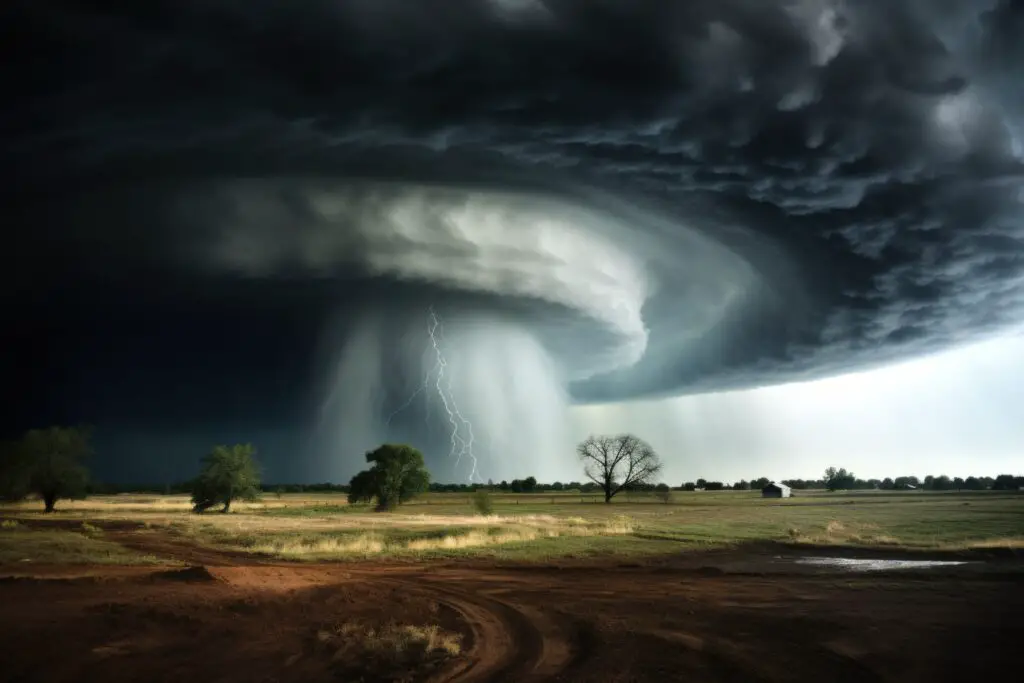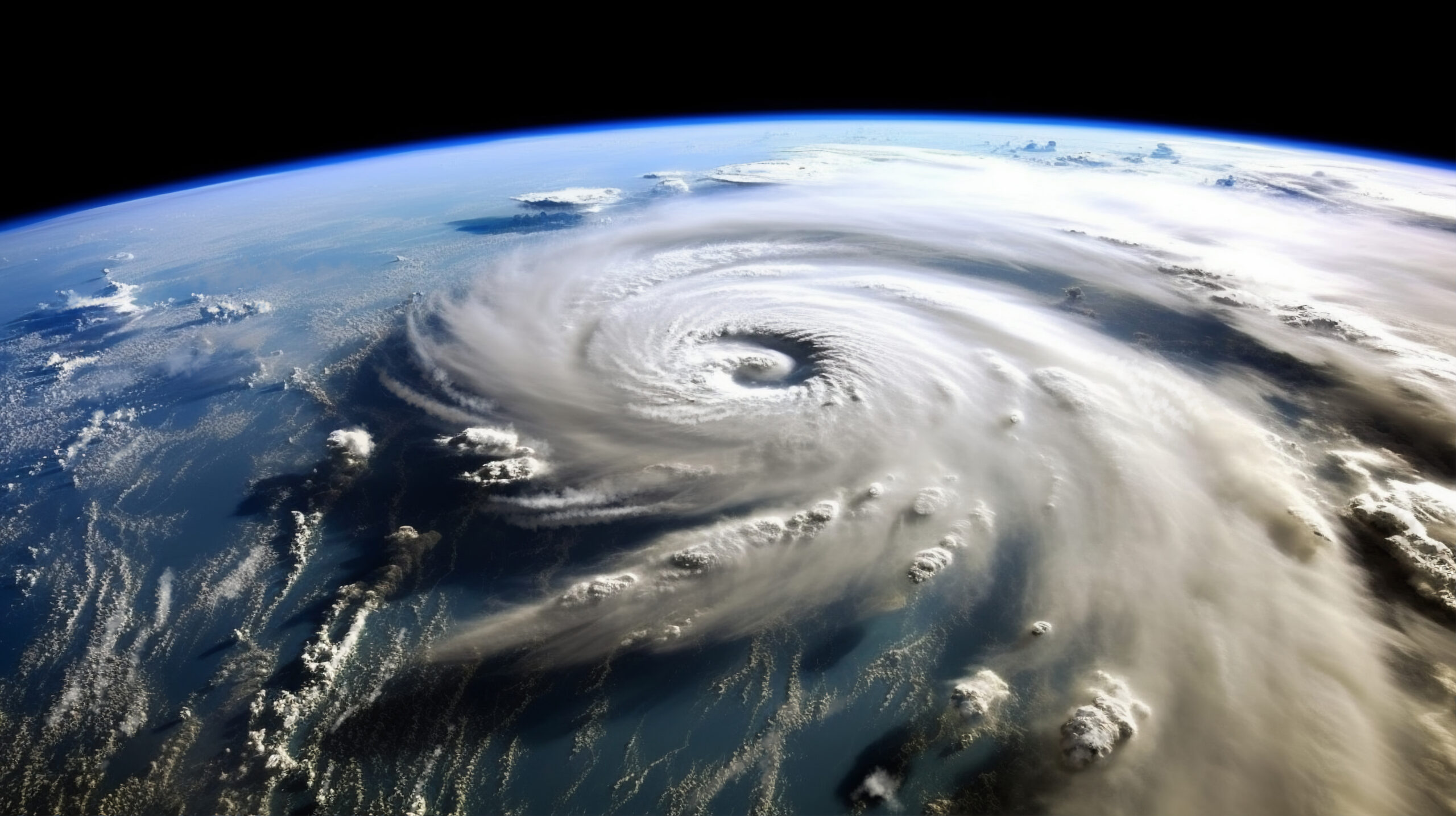The US National Oceanic and Atmospheric Administration (NOAA), the leading authority in hurricane forecasting, has issued a stark warning for the upcoming hurricane season. According to their latest report, there is an 85% chance of an above-normal hurricane season, driven by near-historic sea temperatures and a La Niña pattern. This alarming forecast predicts between 17 to 25 named storms, including 8 to 13 hurricanes, with 4 to 7 expected to reach the deadly category 3, 4, or 5 levels. This is the most aggressive forecast on record, with a 70% confidence level, indicating a high likelihood of a severe season but also leaving room for variability.
A Call for Vigilance and Preparedness
In light of this forecast, NOAA is urging Americans to remain vigilant and prepared. The upcoming season follows the notably active 2020, 2021, and 2023 seasons, which ranked among the five most active on record. Improvements in communication systems, including an intermediate warning mechanism for more frequent updates, are being rolled out to help the public stay informed.
“Taking a proactive approach to our increasingly challenging climate landscape today can make a difference in how people can recover tomorrow,” stated Erik A. Hooks, Deputy Administrator at the Federal Emergency Management Agency (FEMA).

Historical Context: Learning from the Past
Historical data underscores the importance of this forecast. In the hyperactive 2020 season, 14 named hurricanes emerged despite predictions of only 6 to 10. The notorious 2005 season, which produced Hurricane Katrina, initially predicted 7 to 9 hurricanes but ultimately saw 15. This season, noted for two of the top five most intense hurricanes by NOAA’s air pressure metric, resulted in $172 billion in damages, making it the second-most costly season on record. The 2017 season, marked by Hurricanes Irma and Maria, surpassed it with over $295 billion in damages.
Early Signs and Proactive Measures
Although the hurricane season officially begins on June 1, early signs have already appeared. A tropical wave, the precursor to a tropical storm, was detected days before the season’s start, as reported by WESH-2. While this system posed no immediate threat, it underscores the need for heightened awareness and preparedness as the season approaches.
The World Meteorological Organization has also released its list of names for the 2024 hurricane season, featuring 26 names from A to Z that have not been previously associated with catastrophic storms. With NOAA predicting up to 25 storms, this list should suffice for the entire season.

Conclusion: Prepare Now to Mitigate Risks
The aggressive forecast from NOAA highlights the critical need for preparedness and vigilance. As we face an above-normal hurricane season, proactive measures and timely information can significantly mitigate the risks and impact of these powerful natural events. Stay informed, stay prepared, and prioritize safety as we navigate the challenges of the 2024 hurricane season.


